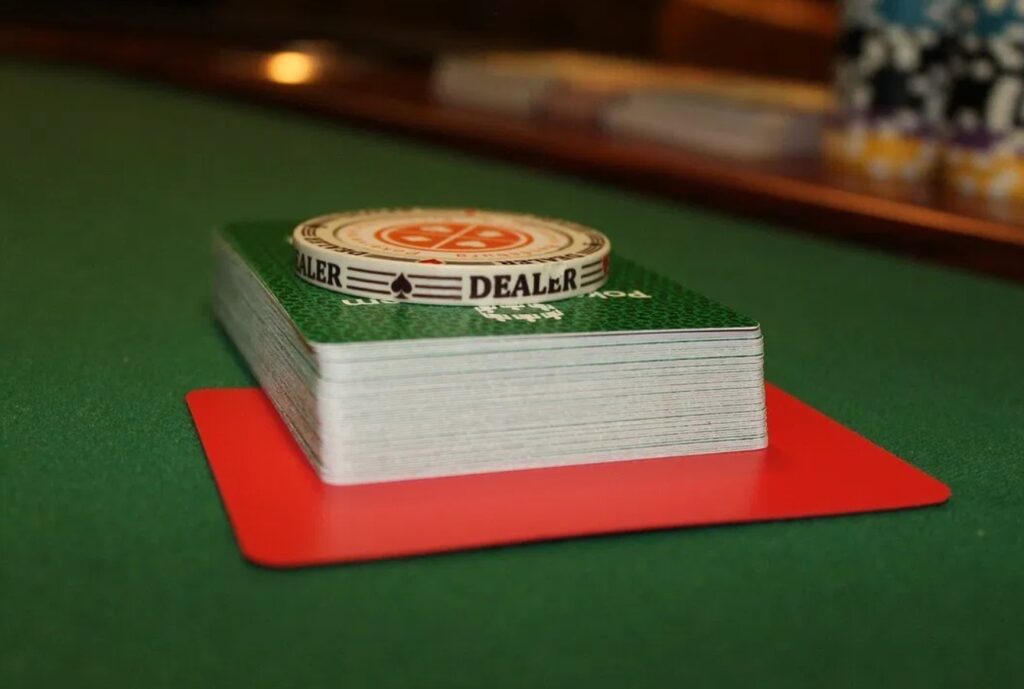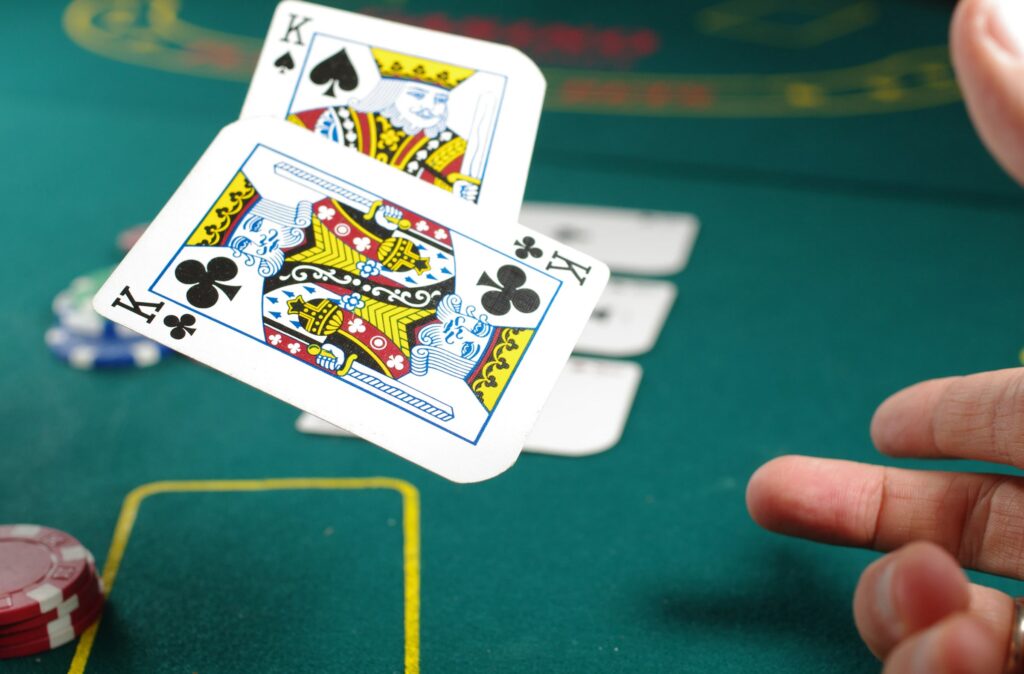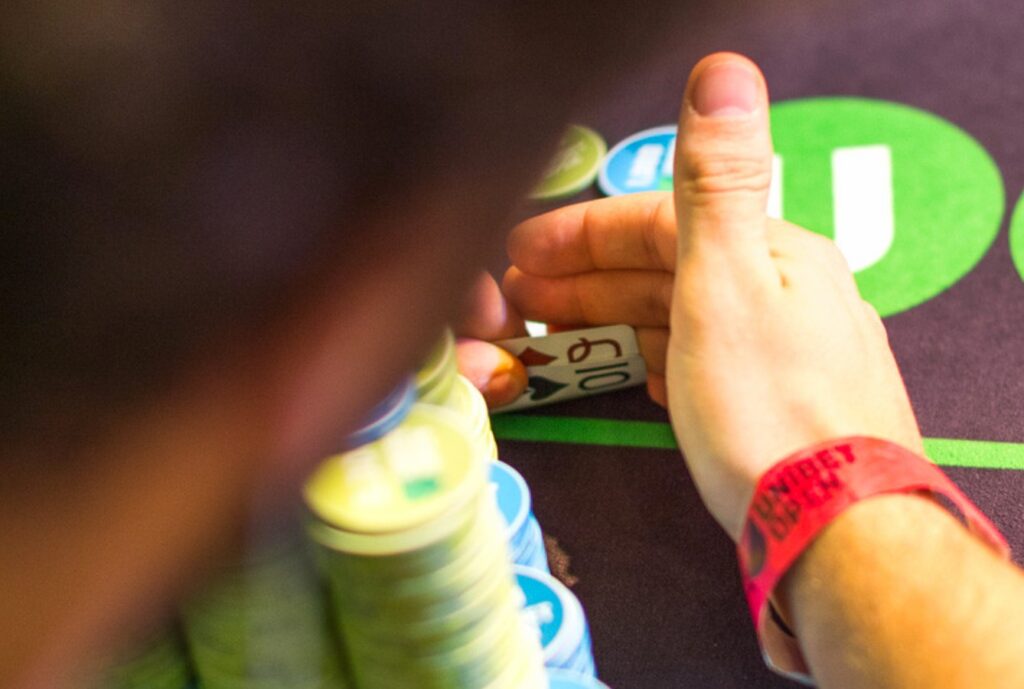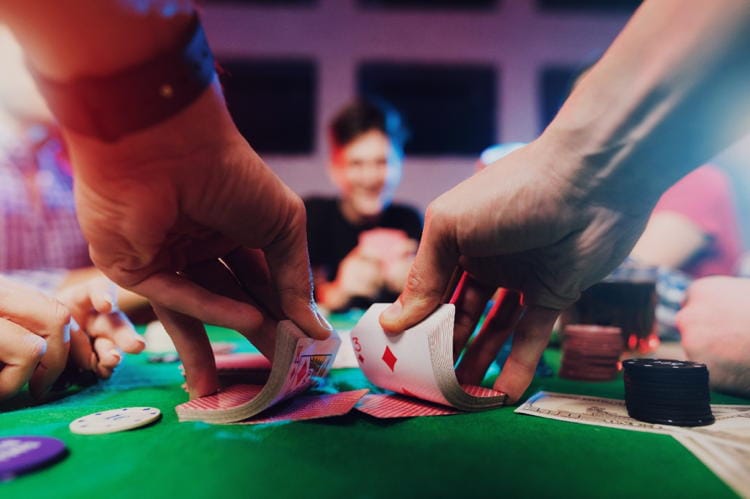No matter how much poker you play, nor how often, everyone can use a piece of friendly advice. The best players of any game or sport constantly work on expanding their skills and staying in shape. They never let themselves get out of shape. The same goes for playing poker. As one of the most popular and widespread card games out there, millions of players around the world approach it with caution, tactics, and a clear mind. This is why you should always stay at the top of your game. In this article, we will go over some quick yet effective tips that will surely help your game. To learn more about poker and play some quality games, visit Poker369.
1. Play Fewer Hands Aggressively

When playing No-Limit Texas Hold’em Poker, there is a limit on the number of starting hands you can play before flopping. The same goes even for the best of the best. If you try too many, you will surely bleed away your stack of chips, unless you are incredibly lucky that day.
The easiest and quickest way to improve your bottom line is to develop a quality preflop strategy. Developing solid preflop ranges is quite easy, but having the right discipline to stick to the plan is the difficult part. Never allow yourself to become impatient. Otherwise, you will end up playing a hand that is not worth it.
The best and safest approach here is to play a range of strong and playable hands, aggressively. When you play all hands aggressively, even weaker and speculative ones, you basically disguise the strength of you’re the cards you have and appear more confident and sure in your cards. When you raise, the opponents cannot know what you have, which puts you in an advantage. Aggressive and tight wins the game, and you will be very hard to play against.
2. Never Be The First To Limp

Limping is a definite pass if you are the first player who enters a pot, and for two good reasons. You cannot win the pot before the flop, unlike when if you raise. Secondly, you will allow the players behind you better pot odds and make it more likely for yourself to face more of them. Hence, less overall chances of winning the pot.
The best and only acceptable situation when limping is alright is when at least one of the other players has already limped. This is known as over-limping, and it is a very good play since because you end up with higher pot odds to join the action.
3. Aggressively Semi-Bluff With Draws

If you really wish to crush at poker, you must know when and how to bluff effectively. On the other hand, knowledge of when not to bluff or how not to bluff ineffectively is also important. This is one of the fastest ways to lose money. To keep your bluffing frequency and intensity under control, let your cards dictate the bluffing.
For example, you can bluff with hands that have outs and improve to the best hand on straight draws, flush draws. You can also and have an overcard or two to the board. You should think of these draws as a solid backup plan if someone calls your bluff. Players call these hands “semi-bluffs” since they have more potential than just a regular bluff.
4. Fast-Play Strong Hands, Build the Pot, Make More Money

Slow playing can often be a mistake, and it is especially common among players who are generally afraid to chase their opponents out of the pot. These players often hesitate to do it even though they have a strong poker hand.
In most situations, the best strategy to bet hard on your strong hands each time you have it, build the pot on the table, and protect your equity. However, do not always bet and/or raise your strong hand after the flop. Check your strong hands if it is unlikely you will be outdrawn, if there are not a lot of scare cards that could prevent you from being paid later, or when your opponent’s range points towards low-value hands.
If you end up feeling uncertain, bet, or check-raise if you are not the preflop aggressor. It is quite disappointing when your opponent folds, but it is not nearly as disappointing as being outdrawn or missing on value.
5. Fold When You are Unsure

It may sound worn out and cliché, but the biggest difference between a good player and a bad player is knowing when to fold. Moreover, the best professional players have the ability to lay down their good and even great hands when they firmly believe that they have been beaten.
Now, this rule sounds very simple and easy enough to follow. However, it is very hard to actually do it in practice, mostly because of how our brains work in tight situations and under pressure. As human beings, we are naturally curious, and our will and desire to win is strong. Sometimes, we cannot help but wonder what would happen, and then we do it just to see if we were right. There is no place for this in serious poker games. When a player folds, he or she surrenders their chances of winning the pot. By doing so, our curiosity is not satisfied since we do not know what our opponent had.
The second fastest way to lose money at poker is to call too often, especially in the wrong situations. They are a close second to none other than ineffective bluffs. Therefore, whenever you are unsure about calling or folding and betting and raising, go ahead and fold. You will be thankful later.
Bonus Tips:
- Defend Your Big Blind
- Attack When Opponents Show Weakness
- Play Solid Early, Do Not Worry About Survival
- Play Only If You Feel Like Playing
- Play Against Weaker Players, Increase Chances to Win
Closing Statement
Now that you have more knowledge of poker and are familiar with these pro tips, it is time to practice doing (or not doing) them and win some bucks at your next game. We gave you the data that separates the pros from everyone else. Everything else is in your hands and cards!





